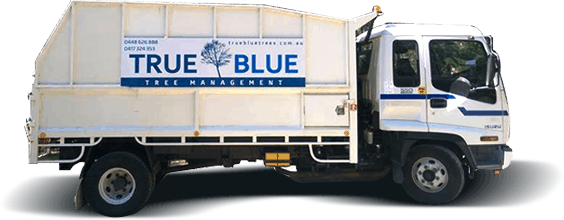It’s important to recognise the signs that a tree may need to be removed for safety or other reasons. Here are some common indicators:
- – Dead or Dying Tree: Lack of leaves in season, brittle branches, peeling bark, or signs of significant decay.
- – Structural Issues: Large cracks in the trunk, significant lean, unstable root system, or hollow trunk.
- – Disease or Infestation: Visible signs of severe disease or pest infestation that cannot be treated.
- – Hazardous Branches: Large, dead, or weak branches that could fall and cause damage or injury.
- – Interference with Property: Tree roots damaging foundations, pipes, or pathways; branches interfering with power lines or buildings.
- – Storm Damage: Severely damaged trees after a storm that are beyond repair.
- – Construction or Development: Trees located in areas where new construction or landscaping is planned.
- – Undesirable Species or Location: Trees that are invasive, pose a continuous maintenance burden, or are poorly located.
If you notice any of these signs, it’s crucial to have the tree assessed by a professional arborist to determine if removal is the best course of action.
The tree removal process typically involves several key steps, prioritising safety and efficiency.
Here’s a general overview:
Assessment and Planning:
- Tree Evaluation: A qualified arborist assesses the tree’s species, size, health, structural integrity, and location. They identify hazards like power lines, buildings, or obstacles.
- Permits: Depending on local council regulations, a permit might be required before removing a tree, especially if it’s a significant size or species. This often involves an application and sometimes an arborist report.
- Method Selection: Based on the assessment, the safest and most efficient removal method is determined (e.g., felling the whole tree, dismantling it in sections).
Tree Removal:
- Pruning: Lower and smaller branches are typically removed first to provide a clear work area and reduce the weight of the tree.
- Sectional Dismantling (if necessary): For large or hazardous trees, a climber ascends the tree with ropes and safety harnesses. They use chainsaws to cut and lower sections of the tree in a controlled manner to the ground crew. Rigging techniques are used to manage the fall of branches and trunk sections.
- Felling (for suitable trees): If the area allows, the tree might be felled from the base. This involves making a notch cut on the side of the intended fall direction and then a back cut. A hinge of uncut wood is left to help control the fall. Wedges might be used to direct the fall.
- Controlled Lowering: Large limbs and trunk sections are often lowered using ropes and rigging to prevent damage to property and ensure a safe descent.
Cleanup:
- Debris Removal: Branches, leaves, and smaller pieces of wood are gathered and often fed into a wood chipper to create mulch. Larger logs may be hauled away.
- Stump Removal (optional): The stump can be removed by grinding it down with a stump grinder.
Post-Removal:
- Replacement (if required): Depending on local regulations or personal preference, a new tree may be planted to replace the removed one.
Important Considerations:
- Professional Help: Tree removal can be dangerous and is best left to qualified and insured arborists, especially for larger trees, trees near power lines, or in confined spaces.
- Safety First: Safety should always be the top priority throughout the entire process.
- Environmental Responsibility: Proper disposal of green waste and consideration of replacement planting are environmentally responsible practices.
Before starting any tree removal, it’s recommended to contact the local council to understand any specific regulations or permit requirements. Consulting with a professional arborist will ensure the job is done safely and in compliance with local laws.
Hours Insurance Work
Hours Insurance Work










